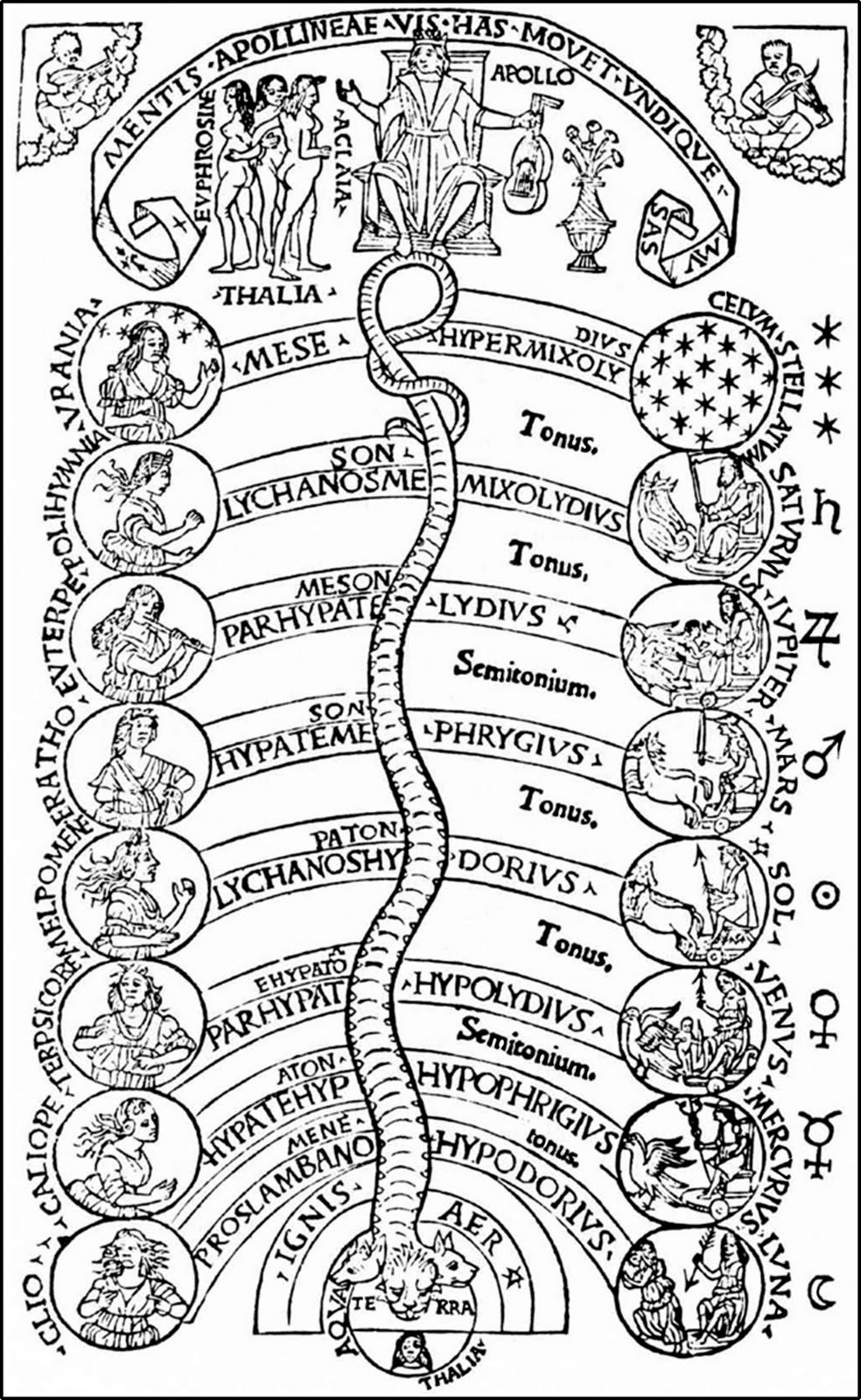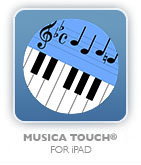
Ludovico Zacconi doesn’t exclude any vowel, only writes that A takes the most air (Ludovico Zacconi, Prattica di musica (1592) quoted in Carol MacClinton, Readings in the History of Music in Performance (1982), p. 73)ħ Contradicting this, Hermann Finck regard E and I as best suitable for mellismas, while A, O and U should be avoided (Hermann Finck, Practica musica (1556) quoted in Carol MacClinton, Readings in the History of Music in Performance (1982), p.

See above a modern transcription of the madrigal with the diminutions.Ħ Ludovico Zacconi writes similarly that diminutions and ornaments are best at cadences (Ludovico Zacconi, Prattica di musica (1592) quoted in Carol MacClinton, Readings in the History of Music in Performance (1982), p. The best is a combination of talent and diligence (Ludovico Zacconi, Prattica di musica (1592) quoted in Carol MacClinton, Readings in the History of Music in Performance (1982), p.69).ĥ The madrigal Lasciar il velo by Francesco de Layolle appears in its original form in Jacob Arcadelt, Il primo libro de' madrigali a 4 voci (1539). But those who are naturally gifted will always sound better. 61-114).Ĥ Ludovico Zacconi refers to this issue and writes that some singers are naturally gifted while others have to work very hard and diligently to acquire this skill. 140 see more in Blackburn and Lowinsky’s “Luigi Zenobi and his Letter on the Perfect Musician”, Studi musicali (1993), pp. Luigi Zenobi also writes, in specific connection to the soprano singer, that he must not toss his head, contort his shoulders, roll his eyes, move his jaw, chin, or the rest of the body (quoted in Anne Smith, The Performance of 16th-Century Music, p.

This Family/Studio edition allows multiple users to track their progress on the same computer, earning gold stars as they go.1 Maffei’s patron was Giovanni da Capua, Count d’Alta Villa.Ģ See our episode about Improvisation around 1600, 01:27 ģ Also Hermann Finck describes ugly looking singing and advise to avoid it (Hermann Finck, Practica musica (1556) quoted in Carol MacClinton, Readings in the History of Music in Performance (1982), p.

Practica Musica even includes notation tools for writing your own music (visit for more information). Practice exams provide endlessly varied material when you want to test your knowledge (and if you're in a class, an instructor can turn those into real exams). Graduated exercises in Pitch Reading and Rhythm Reading will help you learn to read music from a standing start and at your own speed, and activities like Rhythm Band, Rhythm Practice, and Songbook offer fun combined with learning. Practica Musica features a wide range of difficulty - from beginning exercises like "Up or Down" and "Leaps and Steps" all the way to the sort of exercises appropriate to a college course in Music Fundamentals - Melodic/Rhythmic dictation, Roman Numeral Analysis, and more.

Can be used either on your own or as part of a course if you're a student. Practica Musica is a complete music theory and ear training application with scores of interactive learning activities and an included digital textbook with live music examples: Exploring Theory With Practica Musica (Evans). New Family/Studio Edition! From beginning to advanced music theory and ear training.


 0 kommentar(er)
0 kommentar(er)
